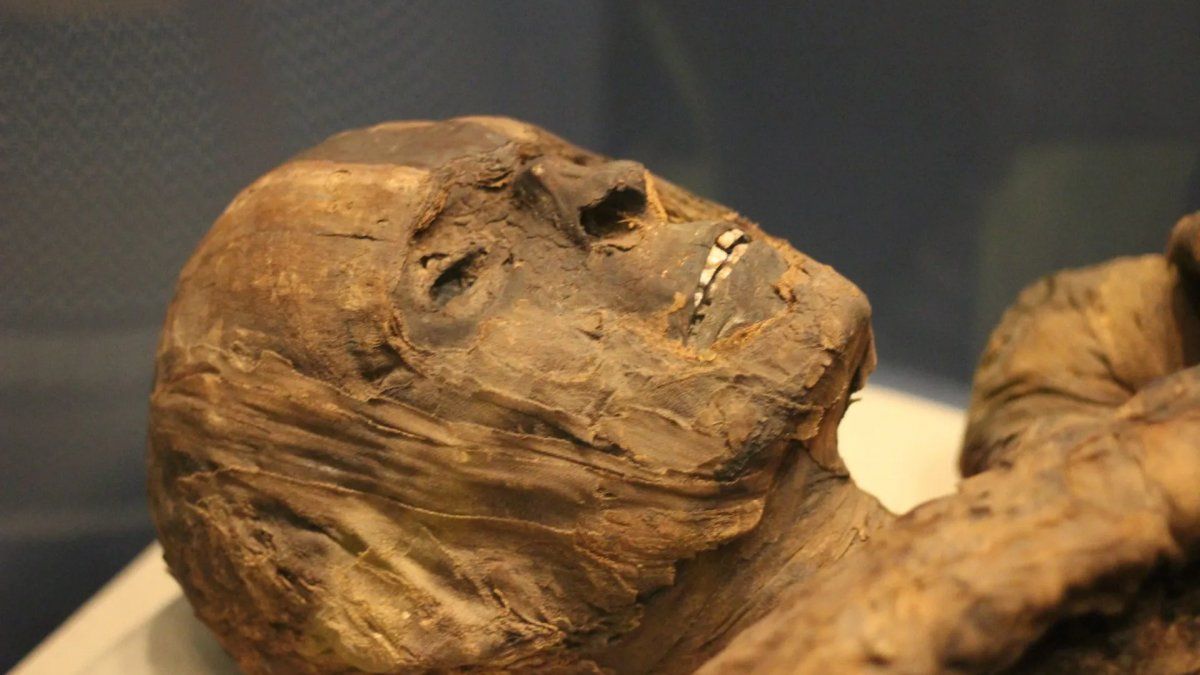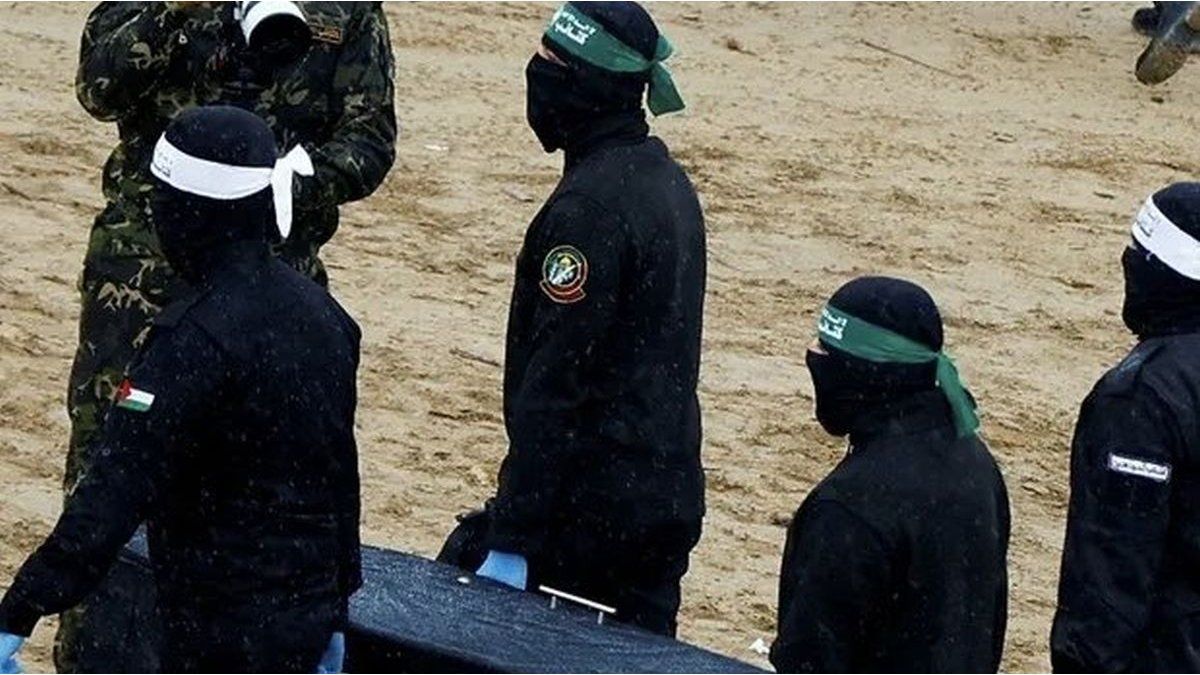In the quiet Colombian town of San Bernardolocated just over 100 kilometers south of Bogotá, an enigma surrounds its inhabitants and those who visit the place: the phenomenon of “spontaneous” mummification. This mystery captured the attention of experts and locals for decades, without a definitive explanation having been found to date.
Recently, the story of Clovisnerys Bejarano once again highlighted this enigma. Bejarano kneels to pray in front of the body of his mother, Saturnina, who died almost 30 years ago, but facial features are preserved intact thanks to this mysterious mummification process.
“She still has her dark, round face, her little braids, her hair (…) If God wanted to leave her there it will be for a reason,” Bejarano told AFP in front of the glass urn. where the body is displayed in a local museum.
What is the phenomenon of “spontaneous” mummification?
Saturnina Torres de Bejarano died in 1993 for a heart problem. However, when his body was exhumed in 2001his relatives found that He still had hair, nails and most of his tissues intact.a phenomenon that did not surprise the locals. According to Rocío Vergara, in charge of the exhibition where 14 corpses are exhibited that escaped decomposition, this process became common in San Bernardo, with cases dating back to 1963.
“For us, as San Bernardinos, (mummification) has become our daily bread”explains Rocío Vergara, the person in charge of the exhibition where 14 corpses are exhibited that escaped decomposition for reasons not yet explained. Some even keep their eyes and nails.
In 1963 the first mummified body appeared in the vaults of this cemetery located on a windswept hillside. The phenomenon has been repeated since then: at the end of the 1980s, there were 50 cases per year. Currently the figure has been reduced to a handful of cases per year, details the person in charge of the museum located in the same facilities.
What causes mummification according to researchers?
Although numerous investigations and attempts to explain this phenomenon, the mystery still persists. Various theories were proposed, from the good nutrition of the villagers to the local climatic conditions, but none were scientifically supported. Even the fact that some mummified bodies have spent most of their lives outside San Bernardo, such as the case of Jorge Armando Cruz, baffled experts.
Anthropologist and researcher Daniela Betancourt from the National University of Colombia suggests that the phenomenon could be related to the particular conditions of the cemetery vaults, located on a slope constantly exposed to wind and heat. This hypothesis states that the vaults could function as a type of cooking ovenslowly dehydrating the bodies and preserving them from decomposition.
There is also no pattern in mummified bodies: They had different ages at the time of death and no particular sex or build predominates. The person in charge of the museum also does not detect a sector of the cemetery that dumps more mummies than the others.
The only certainty is that the answer must be found in the vaults, since the phenomenon began to occur when the municipality inaugurated this cemetery, where there are no underground tombs. Before the 1960s, San Bernardo had had two cemeteries in which there was not a single case of mummification, Vergara points out.
“The climate has also been studied and it has been shown that it is temperate, humid, it should help a lot to decompose the bodies,” adds the guide.
After a tour of the tombs and the museumthe anthropologist and researcher at the National University of Colombia Daniela Betancourt points out that the San Bernardo mummies are similar in appearance to those of Guanajuato.in Mexico, and Palermo, Italy.
The decision of the relatives about the mummification of the bodies
The relatives of the mummified deceased must authorize its exhibition. Most choose to dismember and cremate the remains. The Bejarano family did not want their mother to have that fate.
“God wanted to leave it to us and there we have it (…) Seeing one like that, how can you let it be cut” and cremated? says Clovisnerys Bejarano, 63 years old, who periodically takes her grandchildren to visit the museum.
“They come out happy to visit great-grandmother. They say: ‘Oh, she wasn’t that big. No wonder my grandmother isn’t tall.’ You feel very good,” says this housewife.
Despite these speculations, there is still much to investigate and understand about this enigma. The residents of San Bernardo continue to be amazed and proud of this unique legacy, while scientists continue to search for answers that can shed light on this inexplicable phenomenon that defies the laws of nature and science.
Source: Ambito




